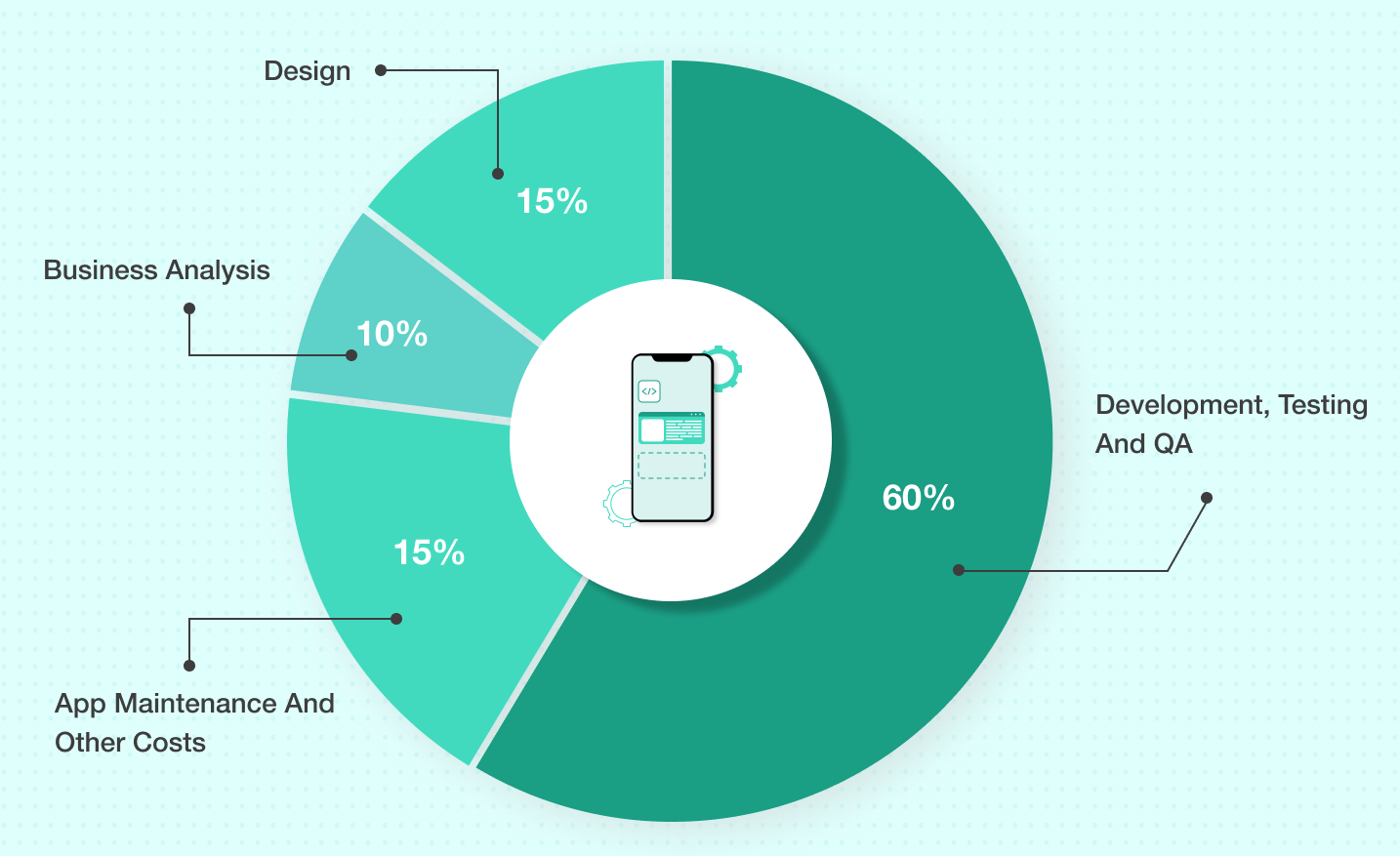Building a mobile app can be an enormously complex undertaking that requires careful consideration. To avoid unnecessary expenses and delays during development, it’s essential that common errors be avoided to maximize project outcomes and avoid common pitfalls that lead to increased expenses or delayed project timelines.

Failing to account for ongoing costs is a common error among app developers. These costs include operating system updates, server maintenance costs and third-party services.
1. Ignoring Market Research
Even when looking to reduce upfront costs, app back ends cannot be neglected. Coding an effective back end requires hard work and skillful expertise is absolutely vital for its proper functionality.
App testing, marketing and updates should also be factored into your budget plan – these costs are required to retain users and enhance app performance – failing to do so could seriously compromise your business and render its completion unfeasible – therefore creating a realistic plan should include sufficient budgetary provisions to cover these elements of app development process.
2. Underestimating Hidden Costs
Businesses investing in app development should remember to anticipate hidden costs as this can help avoid expensive mistakes later.
These costs often go unaccounted for during budget planning stages; such as server hosting fees, third-party API integration costs and licensing fees for software and libraries. They’re often underestimated or forgotten.
One major source of inefficiency with printing systems can be computer crashes that shut down their entire operation, quickly adding up in costs. You can avoid such costly incidents by setting up systems for tracking expenses and coordinating team efforts; this might involve using budgeting apps or regularly meeting with them to coordinate efforts.
3. Not Taking Scalability Into Account
One major mistake that mobile app development companies frequently make is failing to consider the scalability requirements of their app for an increasing user or client population. Scalability must be designed into all mobile apps in order to accommodate growing client bases.
Scalability can best be ensured by designing your app from the ground up with this goal in mind from its inception, saving both time and money over time.
Scalability can be defined as the capacity to adapt to an increase in workload or demand without altering performance, including both technical and non-technical aspects of an app. Furthermore, having systems in place for dealing with unexpected operational situations is also part of being scalable.
4. Ignoring Post-Launch Activities
Failing to prepare for future app updates can leave businesses regretful and left with lots of regret, whether from new features being added or upgrading their app onto multiple platforms.
An effective business needs clear goals. Your goal should not simply be “make money,” but should include an estimated net profit target and this will allow you to avoid overly ambitious features that cost more than they bring in revenue.
Marketing costs should also be factored into your budget plan and taken into consideration, as many companies tend to overlook them when creating their budgets. Failure to consider marketing expenses properly could cost your business thousands.
5. Ignoring Contingency Planning
Budgeting can be a complex and time-consuming process that necessitates close teamwork between business analysts, UX/UI designers, solution architects and product owners.
Communication and collaboration are the best ways to avoid budgeting missteps, so establish systems like using an app and scheduling weekly/biweekly meetings.
Establishing an accurate mobile app budget is absolutely crucial in today’s increasingly competitive and fast-paced market. Failing to budget properly could prove costly both time, money, and reputation wise; by avoiding common missteps your company could save itself unnecessary expenses.
6. Ignoring Regular Monitoring
Apps differ from websites by placing greater focus on user engagement and functionality; as a result, they require careful financial planning in order to make sure everything runs as expected.
Thorough market research is key to understanding your app users’ needs, assessing competition, and discovering areas for differentiation. Without it, you risk creating an app that does not resonate with users – leading to low adoption and revenue losses.
Regular maintenance costs should also be factored into an app budgeting strategy, including updating, providing ongoing support, and maintaining a stable server. Ignoring these expenses could result in unexpected expenses down the line that negatively impact its performance.
Conclusion
To sum up, steering clear of common app budgeting mistakes is crucial for the success of your project. Understanding and avoiding pitfalls such as underestimating costs, overlooking ongoing expenses, and neglecting contingency planning can make a significant difference in the overall outcome of your app development endeavor.
As you delve into the intricacies of app budgeting, consider the assistance that AppOrbits can provide. We specialize in guiding you through the budgeting process, ensuring that you avoid common pitfalls and allocate resources effectively. With AppOrbits, you’re not just getting a technology solution; you’re gaining a partner committed to helping you navigate the complexities of app development and budgeting.











